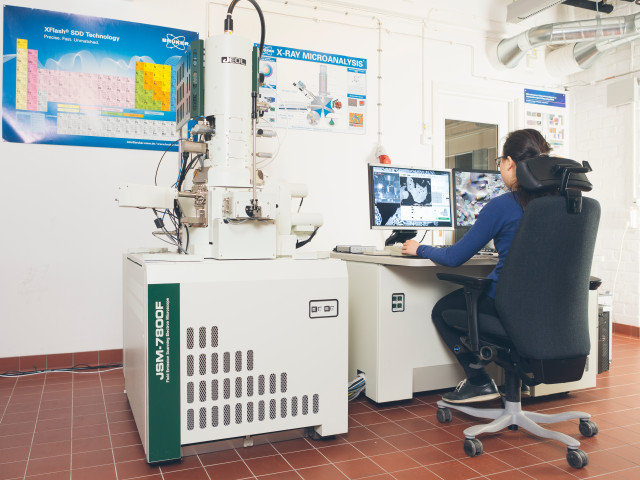The main objective of the course is to give fundamental and deep knowledge in the theory for degradation and corrosion of materials in various environments and to present existing protection strategies for prevention of corrosion in different contexts. The course concerns fundamental theory of the thermodynamics and kinetics of the corrosion process of metals and alloys as well as polymer materials both in atmosphere and water solutions. Focus is put on electrochemical aspects and the influences of the properties of the metals and the their oxides on the corrosion behaviour, which is exemplified by different corrosion types. Existing corrosion protection strategies, including surface treatments and coatings are described and choice of material is discussed from a corrosion point of view.
In addition to lectures and exercises, the course includes invited lectures from Swedish industry related to corrosion protection and a group project in which a specific corrosion relevant case is analysed and discussed both in an oral and a written report.
After taken the course the student should be able to:
1. Describe different corrosion types on metals and alloys in air, water solutions and at high temperature (>100°C)
2. From knowledge of the surrounding environment and the properties of metallic materials be able to explain why corrosion appears.
3. Account for the mechanisms of corrosion and degradation of polymer materials and the influence of various environmental parameters on these processes.
4. With help from standard potentials and Nernst equation construct and use potential pH diagrams (Pourbaix) to predict the corrosion state as a function of redox potential and pH.
5. Explain the relation between passivity and the properties of the surface film and describe how the supply of oxygen and salts affect the passivity.
6. Explain electrochemical polarisation by means of activation, concentration and resistance and how this affects the corrosion currents and corrosion potential for metals and alloys.
7. Make simple calculations and estimations on corrosion rates in solution using Nernst’s and Tafel’s equations and potential log i diagrams.
8. Recall industry relevant surface treatments methods and corrosion protection and from knowledge about material and environment suggest suitable corrosion prevention strategies and design from a corrosion perspective.
9. Search available information from producers, standard and scientific references to describe a corrosion problem and after own reflection and analysis suggest solutions an report this in a written and oral form to a potential principal.
